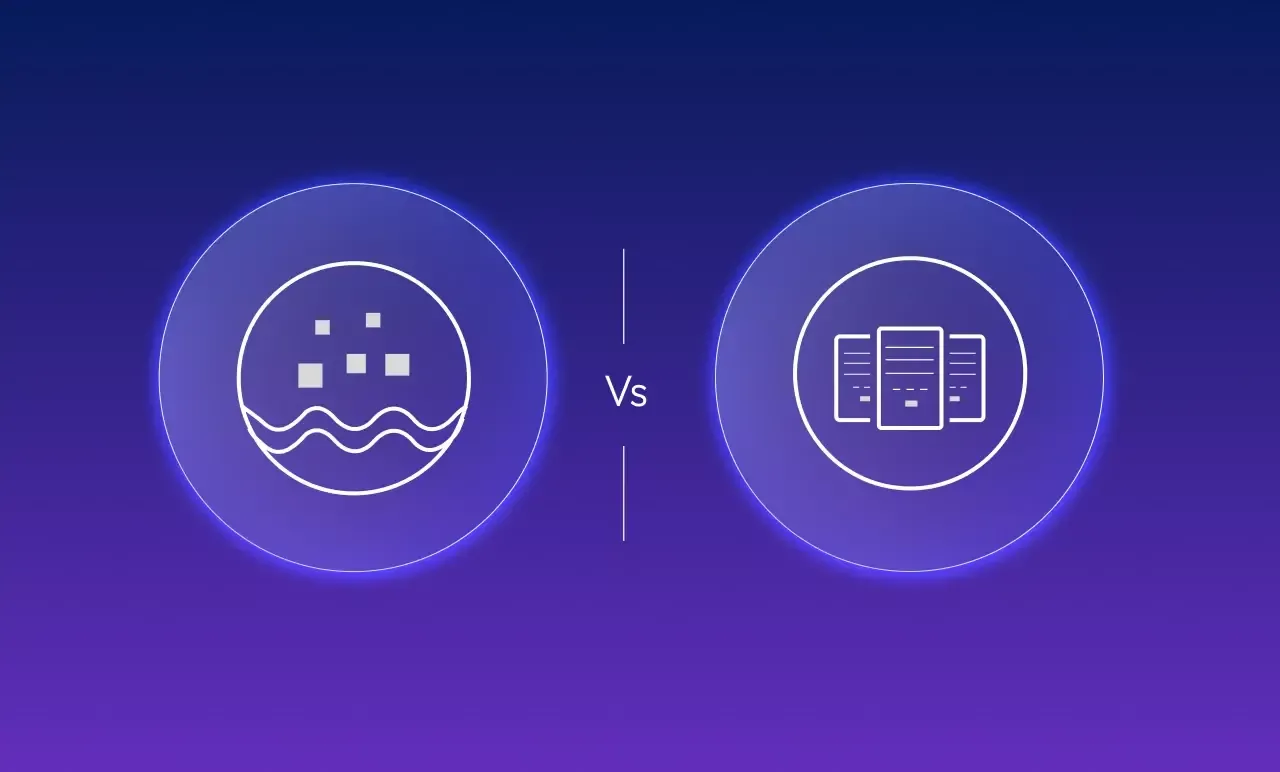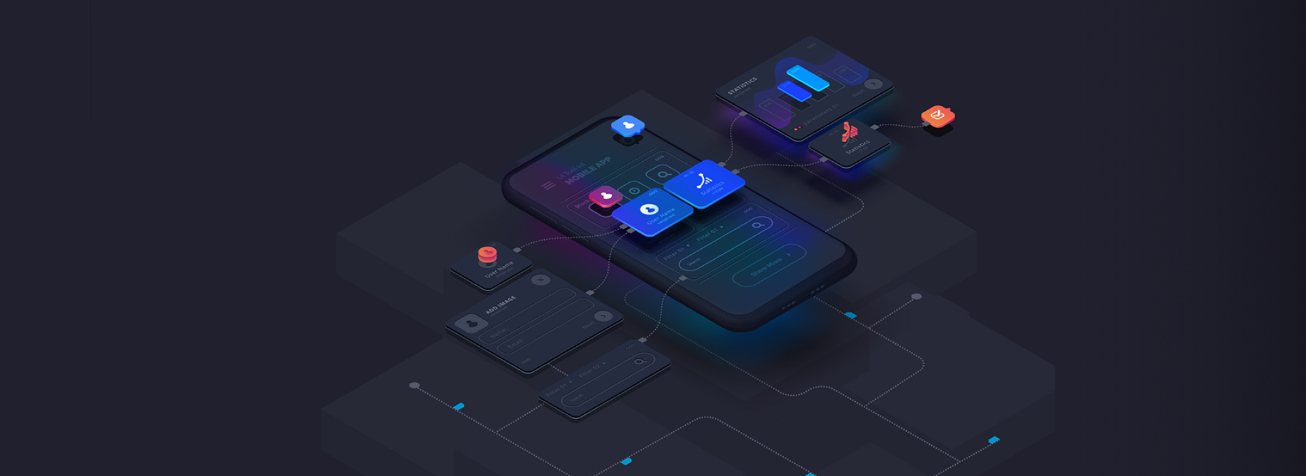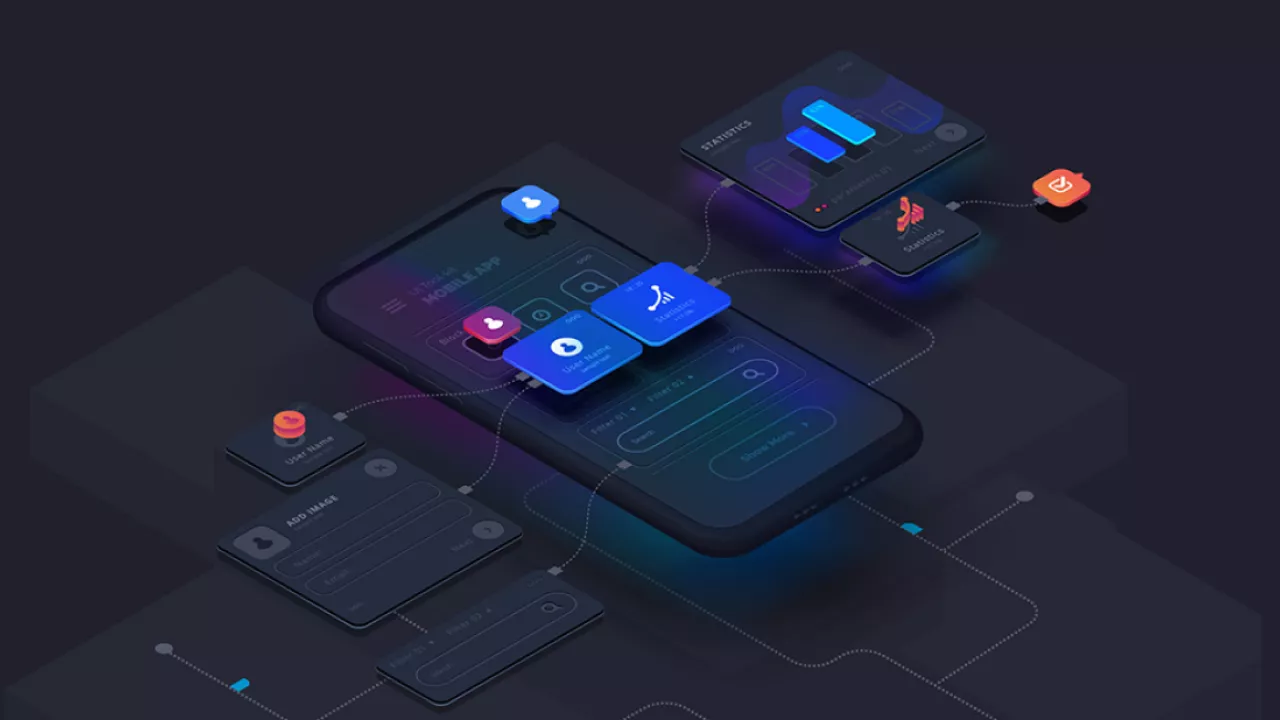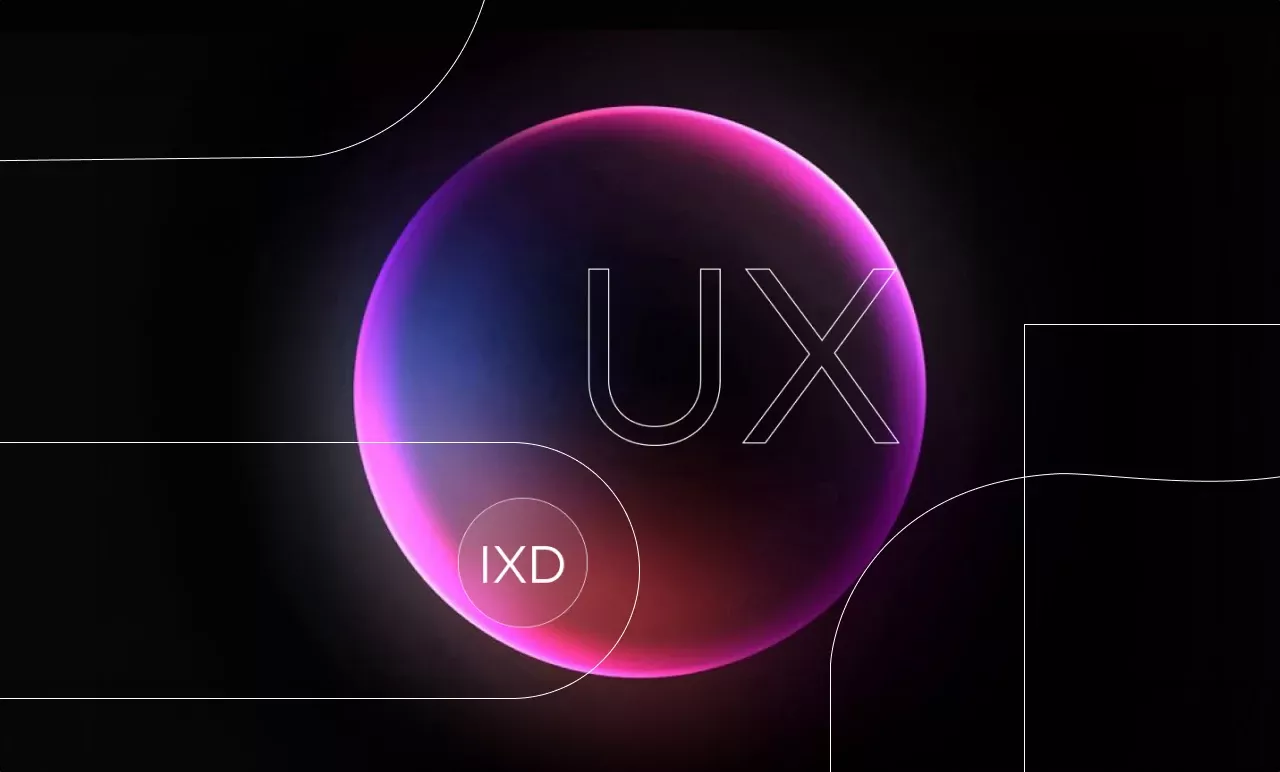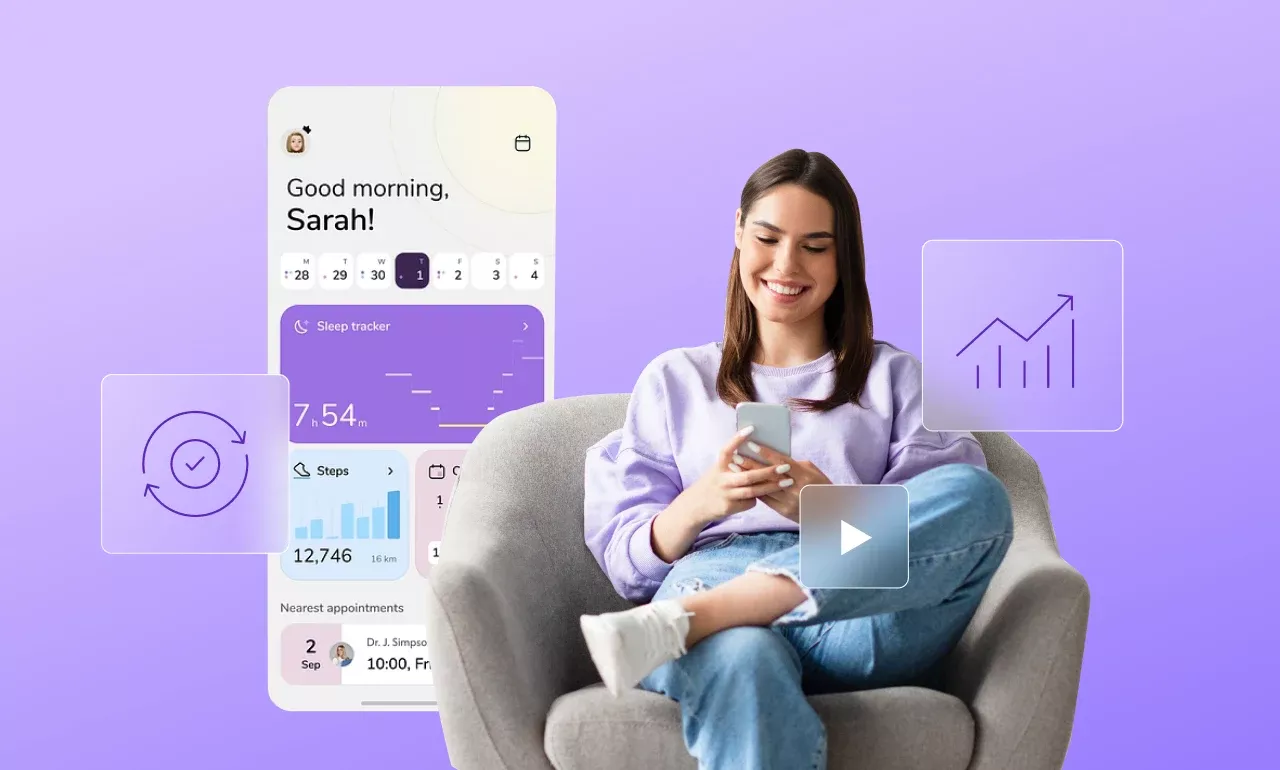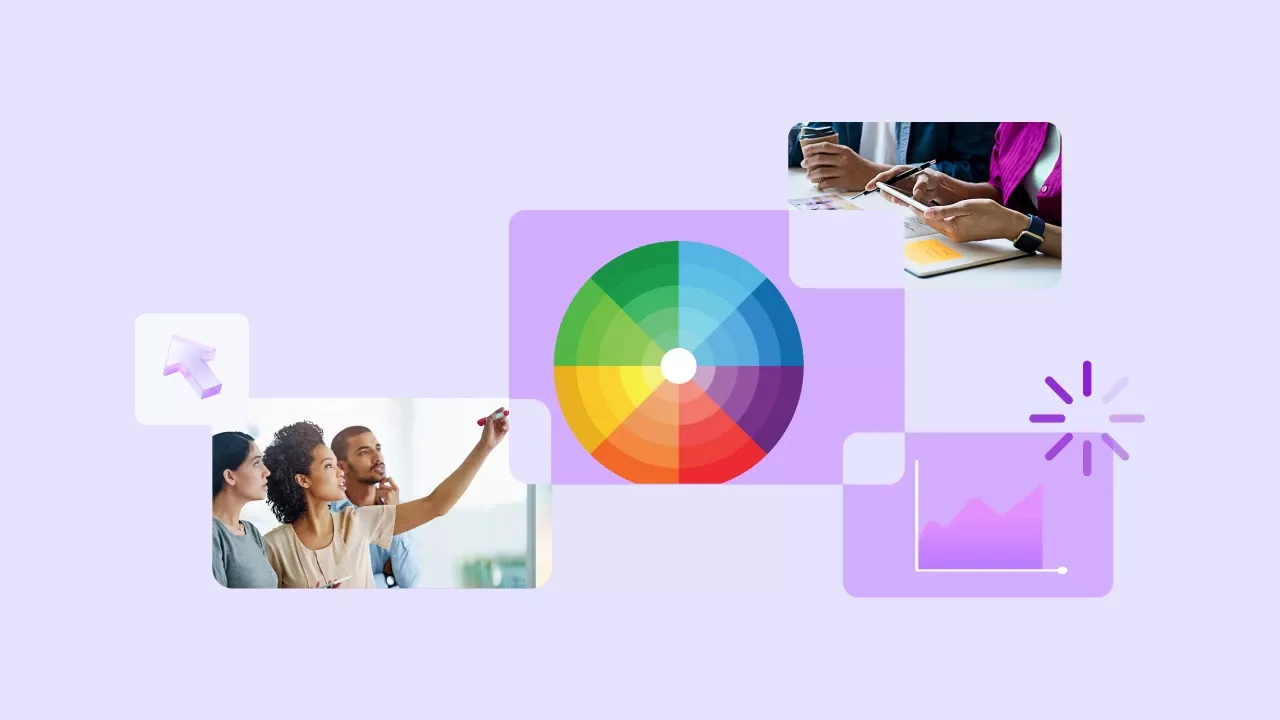Data Storage Decoded: Data Warehouse vs Data Lake Explained
Exploring The Next Frontier in Experience Design
The rise in digital complexities and customers’ expectations have made business leaders rethink their design strategies to deliver satisfying experiences. Emerging technologies are poised to revolutionize user experience and elicit emotional responses. Companies must push their boundaries and reimagine how their brands, products, or services engage customers to create value and gain a competitive edge.
The next frontier in experience design is unifying customer journeys across channels, markets, and needs into a seamless, brand-aligned experience with digital adoption. Explore with us the roadmap, approach, and emerging trends of human-centered design and how it transforms the customer experience, giving them exactly what they want.
What is Customer Experience Design?
Customer Experience (CX) design is a comprehensive approach to crafting experiences that effectively address real-world problems, evoke positive emotional connections, and encourage desired customer behavior. It applies to everything we design: innovative products, services, brands, impactful marketing messages, and workplaces that enhance the employee experience.
At the heart of the experience design is the user. You must determine how the experience fits their wants, prompt emotional responses, and encourage a specific behavior. CX design is a continuous journey where the end-user is always the starting point. Every step prioritizes understanding and catering to users' desires and goals. It requires constant testing, iteration, and customer feedback to improve the experience.
Why is Human-centered Experience Design Important?
A lack of unified vision for business direction across strategy, marketing, digital, and IT results in poor and inconsistent experiences. Customer experience design prioritizes user-centric design principles and enables businesses to deliver remarkable, resonant experiences across multiple touchpoints. With the proper focus and alignment, companies can rapidly advance and scale by taking ownership of their customer, partner, and employee experiences. It helps them become more competitive, create new markets, and drive future growth.
Implementing a culture of creative thinking within your entire organization can positively impact every aspect of the company. Although experience design is most often associated with product development and user experience (UX) teams, every team can benefit from incorporating it by gaining deep insights into the end user and using creative design thinking to address their needs. The customer experience team identifies steps to reduce friction in the buying process, helping to decrease customer effort and boost revenue.
The marketing team spots emerging trends and devises new ways to engage and communicate with customers to increase loyalty. The product development team discovers unmet customer needs and applies innovative approaches to solve problems, leading to groundbreaking new products and services.
Customer Experience Design Statistics Worldwide
In 2021, global revenue for customer experience personalization and optimization software and services was estimated at 7.6 billion U.S. dollars. Projections indicate this figure will rise to 11.6 billion by 2026, marking an increase of over 65 percent.
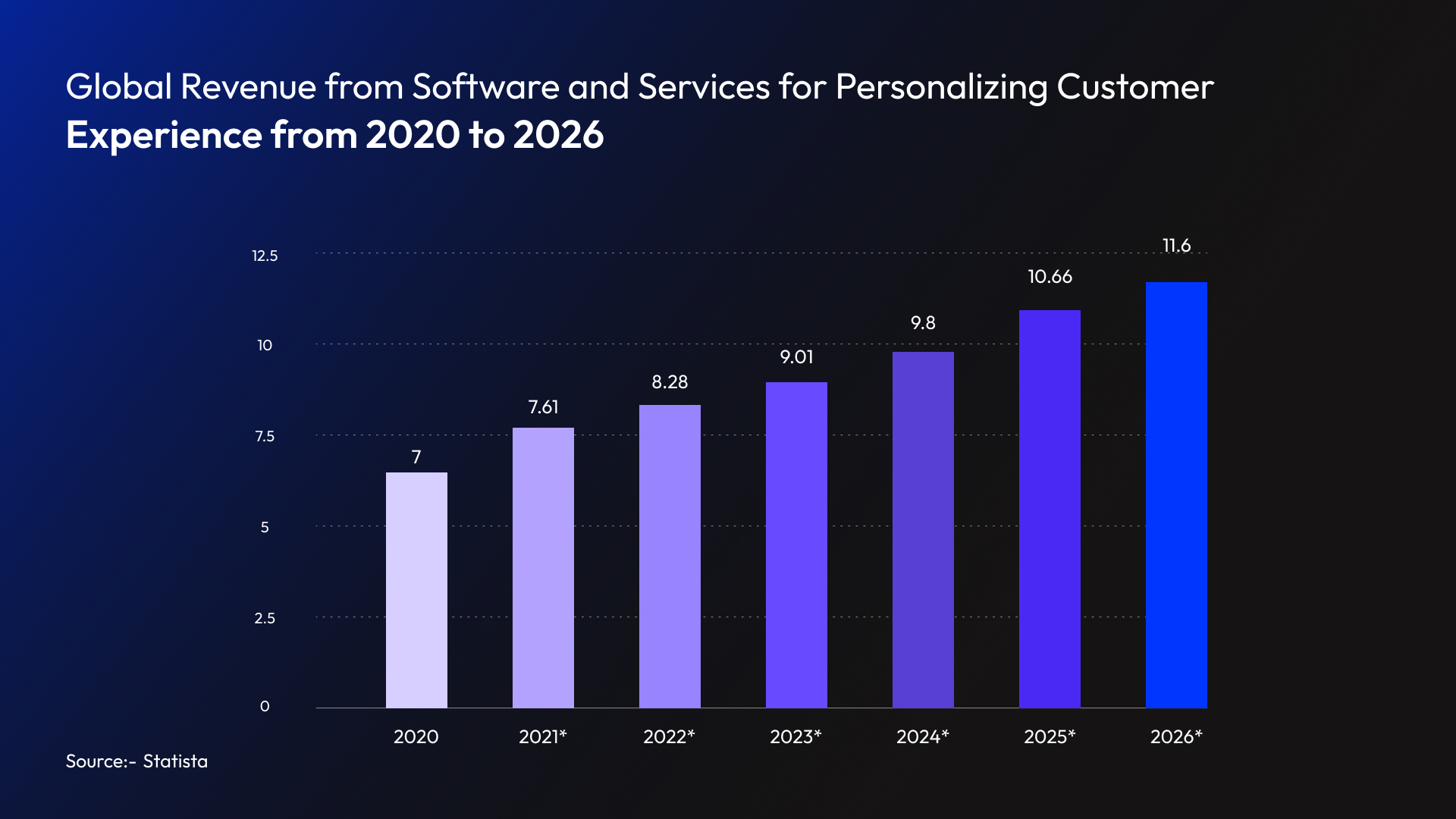
Top Trends Transforming Customer Experience Design in 2024
Business leaders strive to transform customer experience by capitalizing on next-gen technologies. It is the process of enhancing customers’ interactions with your brand, products, or services. CX transformation involves delivering personalized user experiences to customers and streamlining sales and services through technology integration. Here's a list of the top five technology trends that are critical drivers of CX transformation, which is about building lasting connections and ensuring customer satisfaction.
Emotional Intelligence (EQ-X)
Emotional quotient (EQ) is defined as the ability to understand, perceive, and predict the emotional state of your customers and use the insights to empathize with them, thereby building better communication. With the advent of Predictive AI, companies can analyze and comprehend individual customers' behavioral patterns and traits.
GenAI provides them with the tools to interact with their customers in a way that simulates EQ. EQ-X enables you to provide automated empathy and detect your customers' emotional mindsets when making decisions. Empathy-driven experience design aligned with individual needs boosts emotional engagement, builds trust, and ultimately leads to increased spending.
Prescriptive Hyper-personalization
In CX, big data analytics hold paramount importance in crafting hyper-personalized experiences. Data analysis, visualization, and insights are used to report on the past and predict future customer needs, based on which tailored experiences are built for each individual.
While hyper-personalization applies across diverse sectors, travel is the one sector that has already adopted it to enrich its entire customer journey. The shift from predictive to prescriptive analytics is evident in this sector. Gen Z travelers desire eco-friendly modes of transportation. Travel agencies facilitate sustainable travel experiences that match their expectations and values, enhancing loyalty.
Augmented Reality (AR)
AR merges the real and digital worlds, redefining human perception of interaction and space. It has brought about a seismic shift in customers' shopping, elevating buying experiences. Virtual try-ons in jewelry, makeup, and fashion commerce have made shopping fun and faster. AR has also reduced return rates as customers try the products virtually before placing orders. In addition to retail and fashion, interior design, education, and tourism are other sectors that utilize AR to transform CX.
Customers can overlay furniture in the actual space to see if the color, size, and visual design match perfectly with the background. Studying complex subjects in a simulated AR environment makes learning more engaging. Real-time navigation overlaying the real world, interactive landmarks, and virtual trips to historical sites redefine travelers’ experience in exploring the world.
Radical Transparency
Customers’ wants are evolving rapidly, and to meet their pace, ‘Anytime, anywhere’ service is becoming increasingly important across all customer touchpoints. This trend will rise exponentially by 2025 as customers become more tech-savvy and expect complete brand transparency regarding products or services.
A digitally integrated customer experience design combines human agents and conversational AI to meet consumers' information and service access demands. Seamless and 24/7 access to business information enables customers to understand your business's backstory, assure product authenticity, and build meaningful relationships based on trust.
Generative User Interface (GenUI)
Utilizing the power of Generative AI, UI UX designers craft user interfaces in real time that align with each customer’s unique needs and specific expectations. GenUI continuously adapts to users' changing preferences, navigation choices, and behaviors, elevating their overall user experience. From the designers’ perspective, GenUI revolutionizes the digital landscape by minimizing the need for manual design efforts and making design accessible at scale for everyone.
Voice User Interface (Voice UI)
The next big thing is UI UX design is “no interface”. With no visual interface, digital voice assistants and AI chatbots have become integral to designing effective and interactive Voice UI. Voice UI focuses on understanding the Voice of Customers (VoC), promptly addressing their needs or queries, and making their UX more engaging. Integrating voice assistants allows users to multitask and become more familiar with technology.
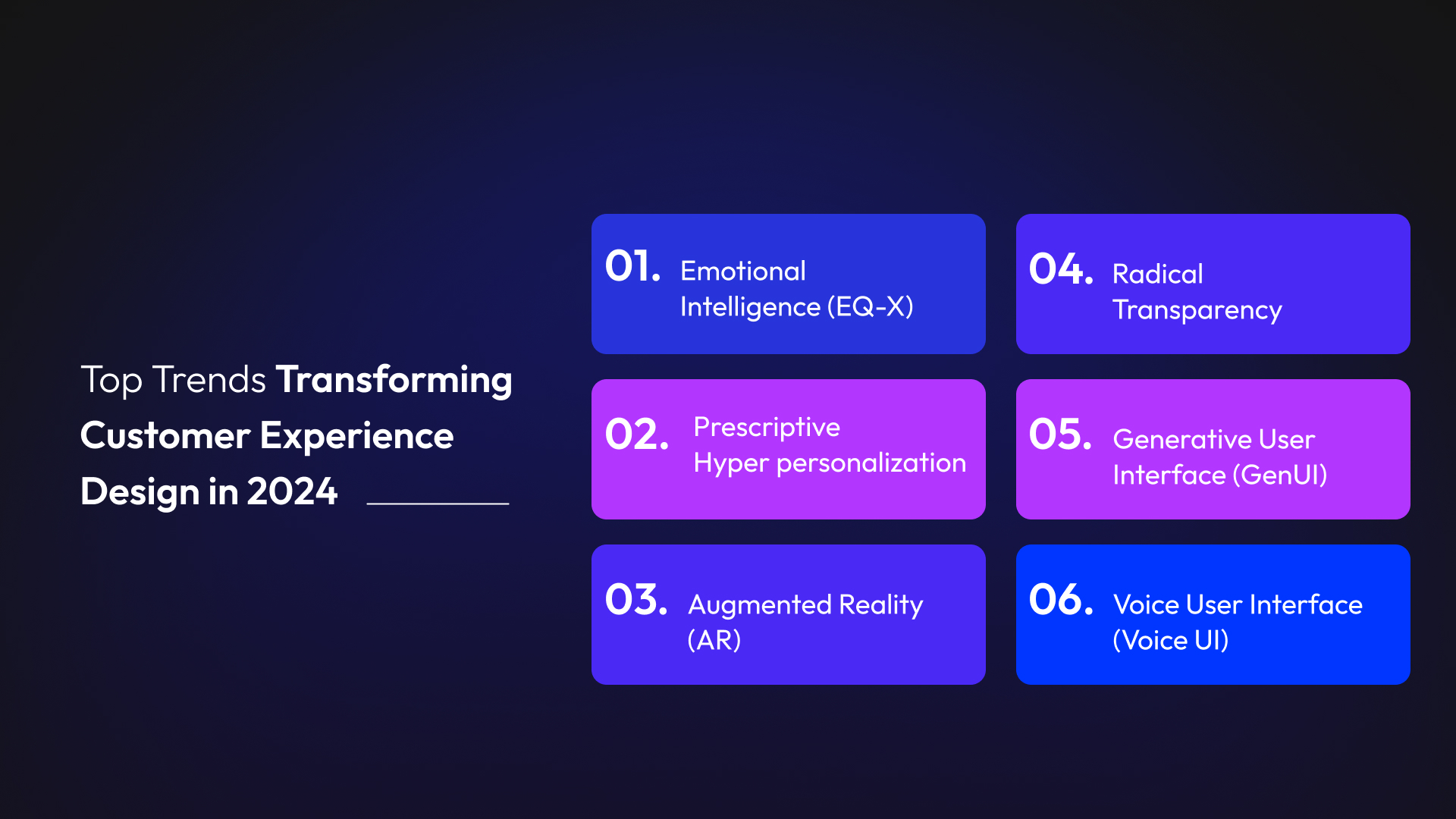
Questions to Consider When Designing Customer Experiences
Challenges in the customer experience design process are often overlooked, resulting in loss of sales and revenue. Hidden issues associated with CX can lead to poor usability and accessibility and, eventually, failed conversions. You must comprehend how customers interact with technology to ensure exceptional customer service and product experience. Here are a few questions to consider before starting the design thinking process.
- Are your digital product and customer experience aligned with your business purpose and marketing goals?
- Are you combining strategy, thinking, design, and technology to create delightful customer experiences?
- Are you providing memorable and seamless digital experiences for your customers?
- Is your desired user experience design hindered by organizational silos, lacking focus, vision, and execution?
- Are you having trouble aligning your product management, design, and engineering teams to create a workable plan?
Addressing these questions can help businesses engineer satisfying and seamless customer experiences. Align your organization with a digital experience that guarantees customer satisfaction and delivers impactful outcomes.
5-Step Experience Design Thinking Process to Follow
Technology and approach are essential to bring measurable results through experience design transformation. There are five critical stages to creating a CX that engages and connects with the users, building lasting relationships.
Empathize
The first step to human-centered experience design is user-centric research. Understanding your users' needs, preferences, beliefs, and sentiments about a brand, product, or service will help you better empathize with them. Design thinkers need to set aside their own beliefs and assumptions and gain real insights into the users’ past purchasing patterns, behavior, and emotions that drive their decisions.
Define
Understanding the target audience’s needs, problems, and expectations enables designers to define experience design strategies that effectively address their issues. The definition stage in the CX design process organizes the information collected in the first step and identifies the core problems. It further helps the design team to determine the features, functionalities, and other elements needed to resolve their problems.
Ideate
After the designers understand the users' fundamental problems and needs, they start with the ideation stage, which involves generating fresh ideas and developing feasible solutions to address their issues effectively. A clear and concise problem statement is defined, which the user experience designers aim to solve through innovative design ideas and strategies. For maximum creativity, ideation sessions should be held, looking from different perspectives and generating as many ideas as possible.
Prototype
Turning ideas into prototypes is the starting point for creating solutions for your customers. A prototype is a scaled-down version or digital representation of the product to test on real users. Prototype creation is an experimental phase that aims to gain observations from real users about whether the product fulfills their needs or has limitations.
Test
The last stage is dedicated to testing, where the prototypes are put in front of real users and checked to see how they interact and engage. Experience designers have a clearer view of the design flaws and address them, making enhancements and, thus, enriching the user experience. Experience Design is an iterative and non-linear process that often requires revisiting the empathy stage and brainstorming sessions before designing a winning prototype.
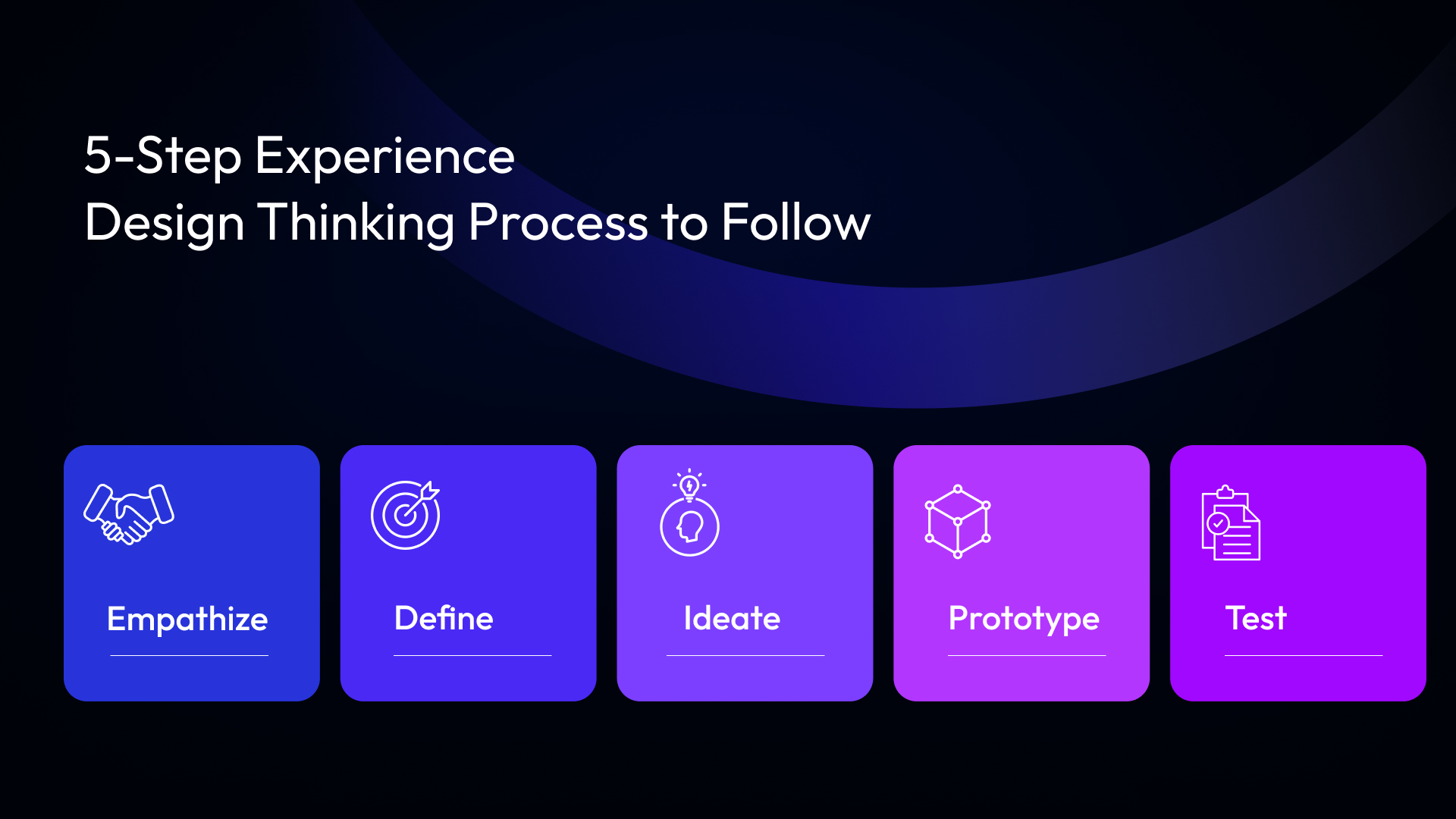
Priorities Business Leaders Set To Gain a Competitive Advantage
Moving into the age of technological innovation necessitates industry leaders to think outside the box and redefine new ways to better serve their customers' needs, creating a tangible impact and adding value to society. Global enterprises are considering the following fronts to build excellent customer experience and stand out.
Innovative thinking
Companies with a bold vision and commitment to transforming CX embrace innovation and technology to design user-centric experiences.
Anticipating the unknown
Data and analytics have made it easy to speculate on trends and identify the right opportunities.
Technology adoption
Along with an innovation mindset, they continuously embrace and experiment with new technologies to build something unique.
Following frictions
Prioritizing customers' needs and solving them in real-time with disruptive capabilities helps them create a more significant impact and earn a competitive edge.
The Future of User Experience Design
The transformative power of digital design is undeniable, and businesses are navigating this technological frontier to revolutionize customer experience. Ensuring the accessibility and inclusivity of digital experiences remains a pressing challenge. Companies now prioritize designing interfaces to accommodate the diverse needs of differently abled individuals with assistive technologies.
Technology adoption rates are soaring, and businesses are exploring new frontiers of possibilities to delight their audiences. Immersive technologies like AR and VR, GenUI, and Voice UI are reshaping digital experiences and forging meaningful connections.
Are you Ready to Transform the Customer Experience?
Now is the time to explore technologies and adopt an experimental mindset. Doing so will help you build a future of digital design and position yourself as a leader. The era of personalization is here to stay as users expect experiences that empathetically respond to their wants and expectations. Get ready to discover, experiment with, and implement user-centered design techniques that will fundamentally change how your customers interact with and engage with your brand.
Email us or Talk to us at +91-98367-81929 or Simply Contact Us through the website.
Let's Connect


